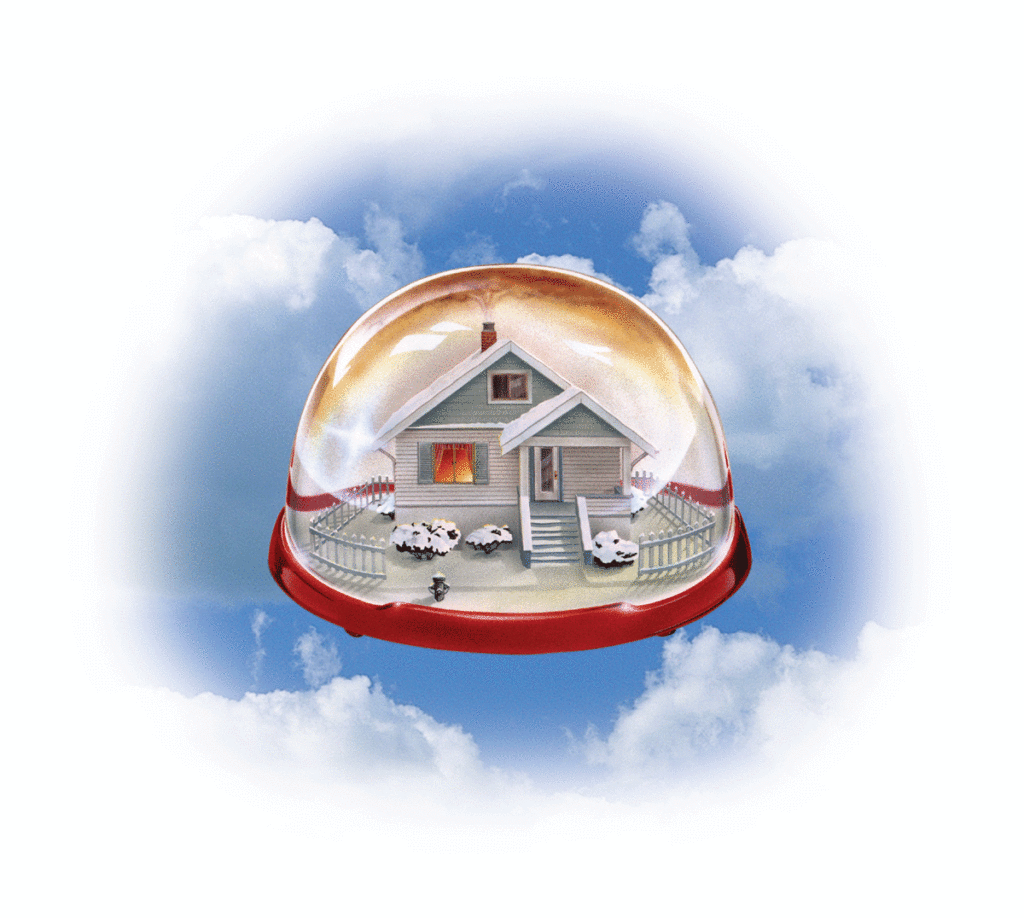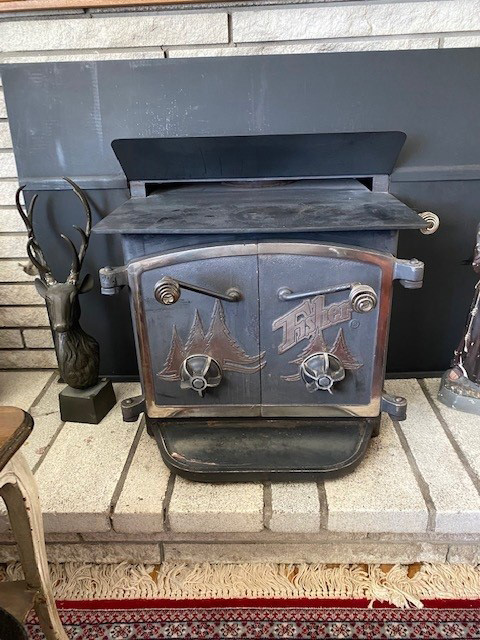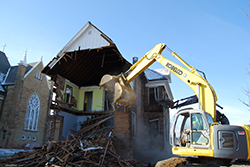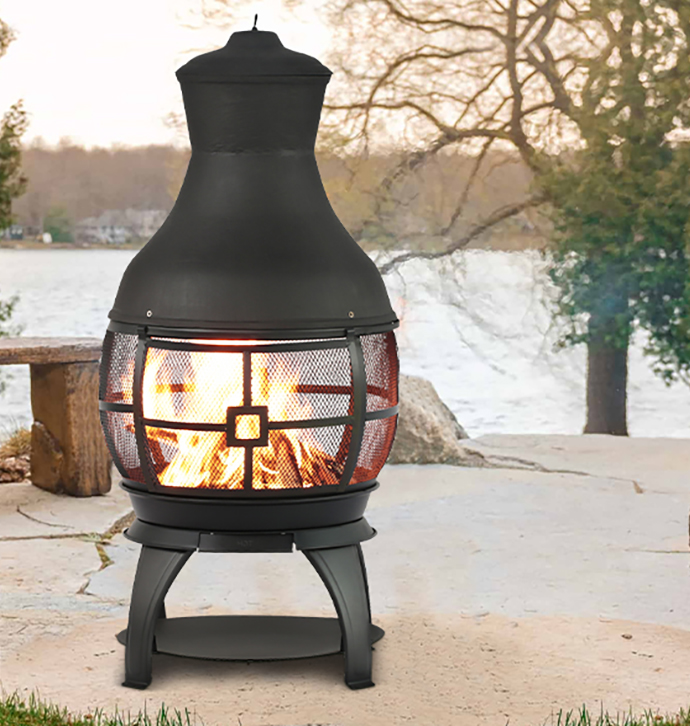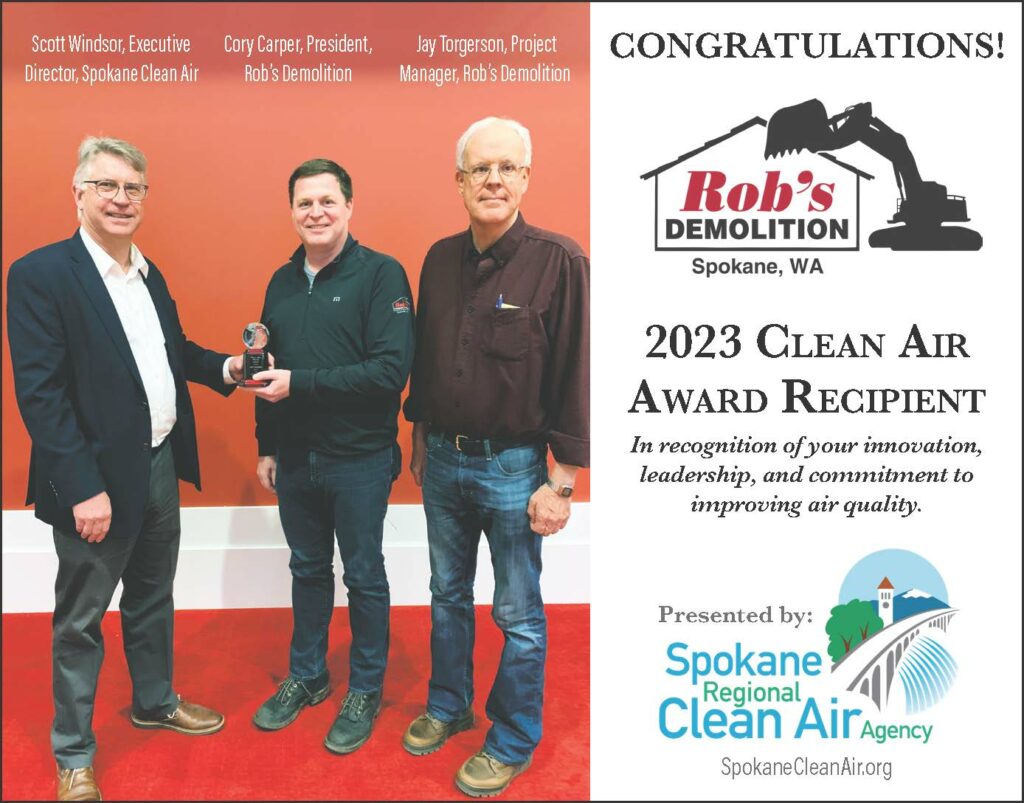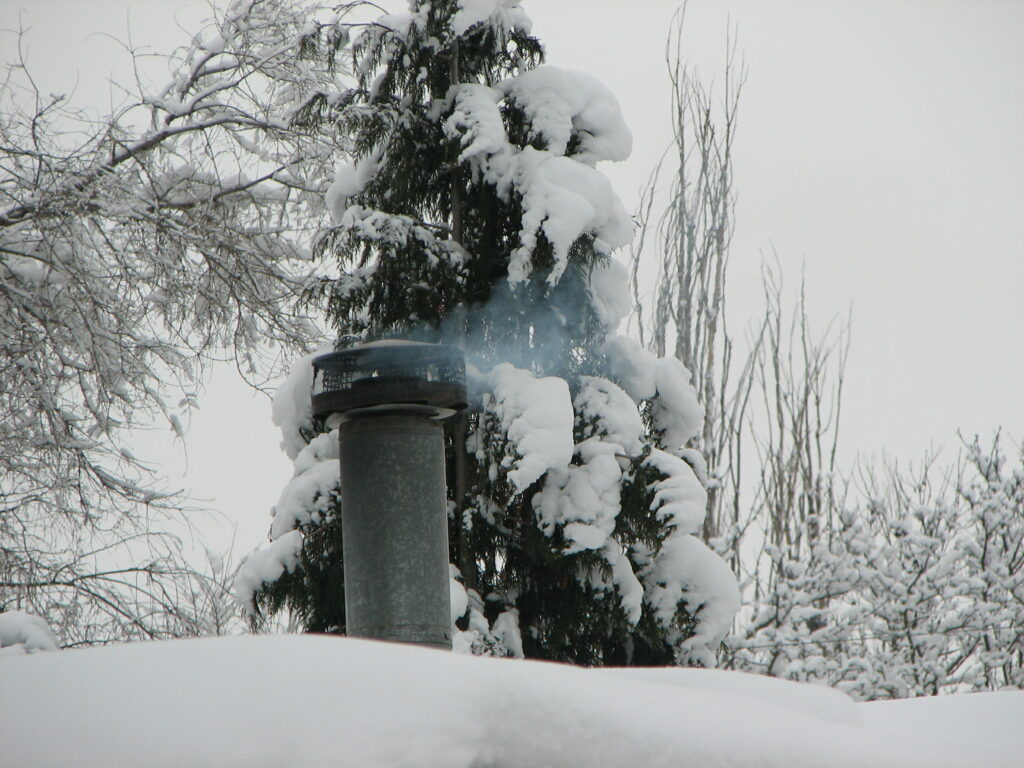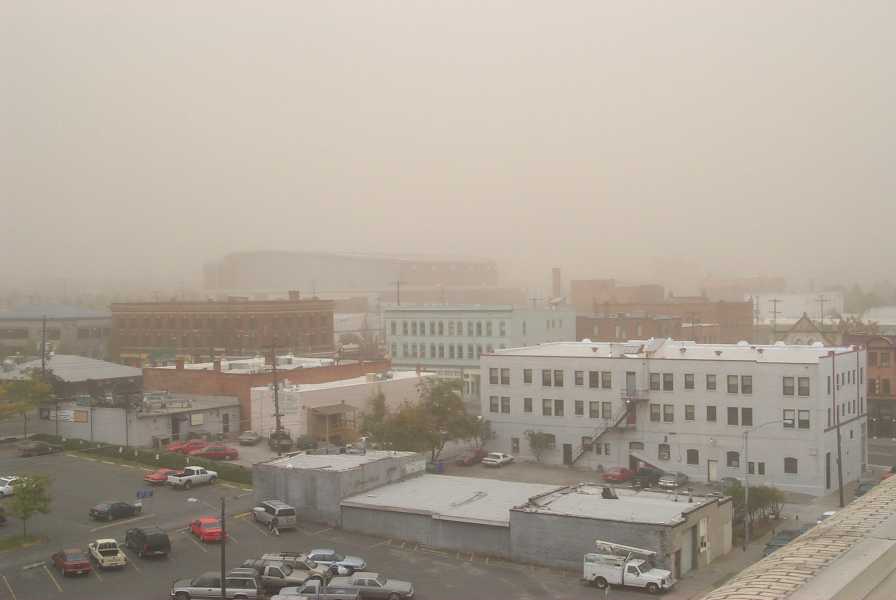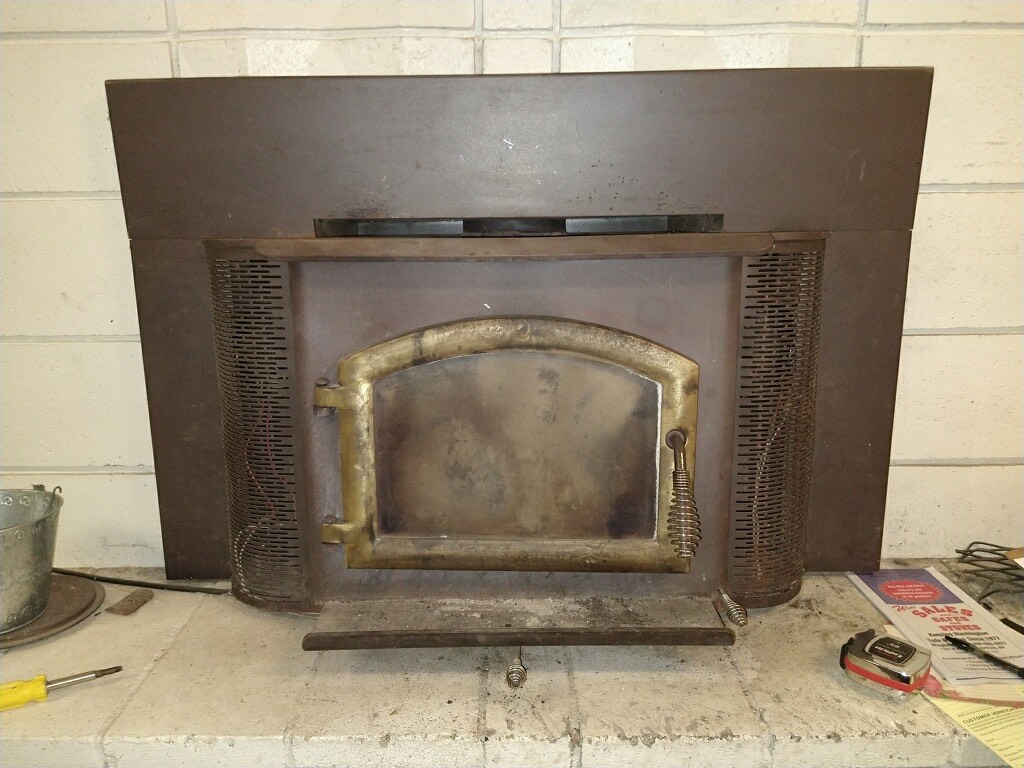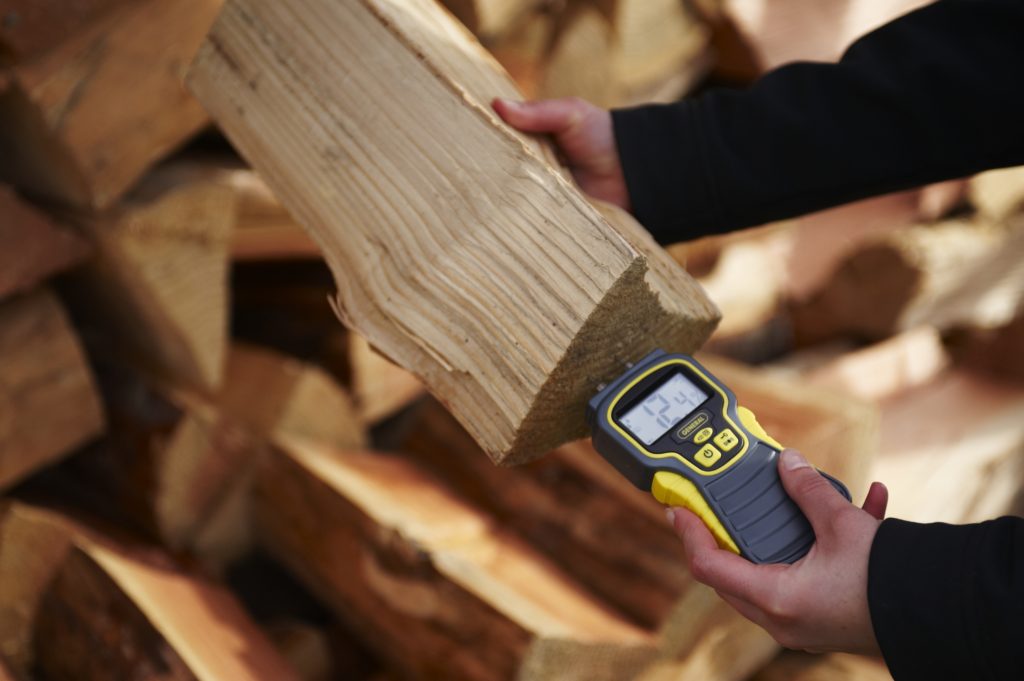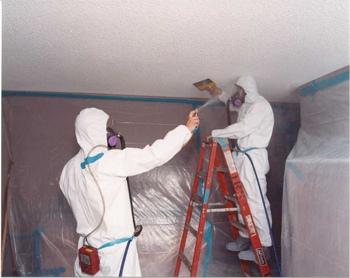
Asbestos – It’s all about your health
We are pleased to be working with our media partner, KXLY, to educate the community about asbestos and the importance of reducing uncontrolled asbestos disturbances that can occur during home improvement and repair projects.
Spring is a time when many people start tackling those home improvement projects. With more people at home right now, this may be more timely than ever. Each week we’ll focus on a specific asbestos-related topic and provide additional resources:
Week 1, April 12-18: Asbestos – what is it and why should I be concerned for myself and my family?
Week 2, April 19-25: Where might I find asbestos in my home and what should I do?
Week 3, April 26-May 2: It’s asbestos. Don’t panic, there are options.
Week 4, May 3-9: What should I/my company be aware of if hired to work on a house or building?
Week 3: It’s Asbestos: Don’t panic, there are options
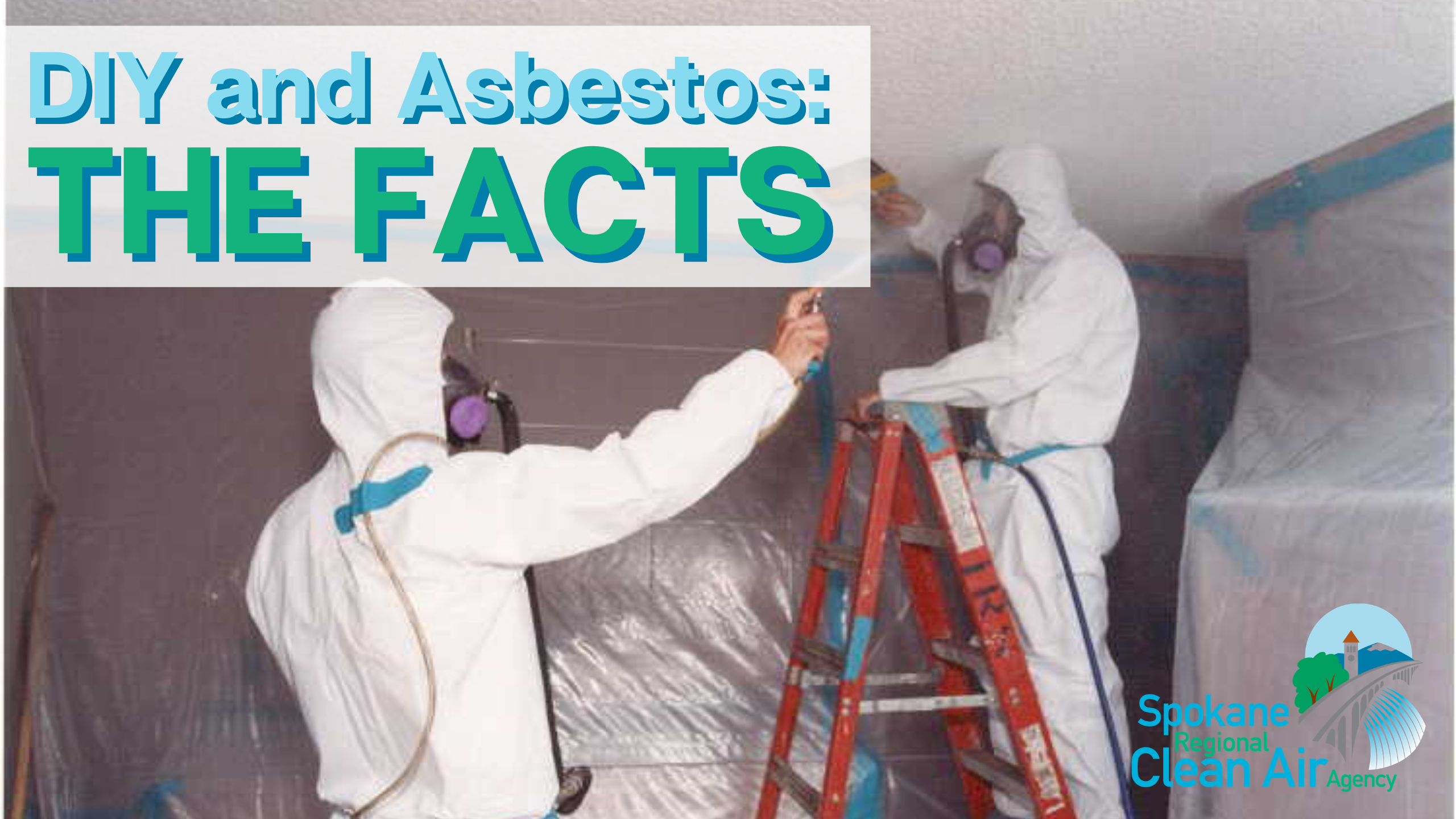
Your sample(s) came back as positive for containing asbestos or you’ve chosen to assume your material (flooring, ceiling, etc) contains asbestos rather than testing…now what?
Don’t panic, there are options.
1. Leave it alone.
Asbestos is only a problem if fibers are released into the air. Asbestos-containing materials that are not disturbed or damaged won’t release fibers. The best option may be to leave it alone. For example, rather than remove sheet vinyl flooring with asbestos backing, it may be possible to install the new sheet vinyl on top.
If asbestos-containing materials are damaged or may be damaged during a remodeling project, then they should be repaired and encapsulated or removed properly.
2. Repair and Encapsulate.
Sometimes asbestos-containing materials can be repaired and encapsulated rather than removed. A few inches of torn, loose, or frayed asbestos tape on heating ducts may be sealed with paint or duct tape. Damaged hot water pipe insulation can be covered with a special fabric available as safety equipment stores.
There are two types of encapsulants:
- Penetrating encapsulants seep into asbestos-containing materials and bond with asbestos fibers.
- Bridging encapsulating products such as paint, coat asbestos-containing materials with a more durable surface.
Homeowners should be aware that, although encapsulation seems like an attractive option, there may be less obvious risks involved. For example, painting may make future removal more difficult. In cases involving extensive asbestos disturbance, removal by a certified asbestos abatement professional may be the more appropriate option.
3. Remove it.
There are two options for removal, each with distinct requirements.
- Hire a state-certified asbestos abatement contractor. This is required for all demolition work, and projects that don’t qualify as an Owner-Occupied, Single-Family Residence. Certified abatement contractors are trained in removal techniques typically unavailable to do-it-yourself homeowners, making the removal safer and more effective. They must also perform air monitoring to ensure that the air in your home meets permissable exposure limits.
- Do it yourself. If your project is in the home you own and are living in (Owner-Occupied, Single-Family Residence) prior to and after the renovation, then you may remove asbestos yourself under specific guidelines.
Contact Spokane Clean Air to verify that you qualify as an Owner-Occupied, Single-Family Residence. If so, there are some projects that can be done safely if best work practices and legal requirements for asbestos removal are followed.
Some projects are very hazardous and labor intensive. We always recommend that projects involving popcorn ceilings, thermal system insulation and vermiculite be handled by the experts. List of asbestos service providers. Always do your own homework before hiring an contractor.
We realize costs and other factors play a role for homeowners interested in doing their own work. In an effort to provide some guidance in this area, we have three “how-to” removal guides available for three common projects: cement asbestos-board siding, spray-on “popcorn” ceilings and sheet vinyl flooring. Click here for these and other resources.



